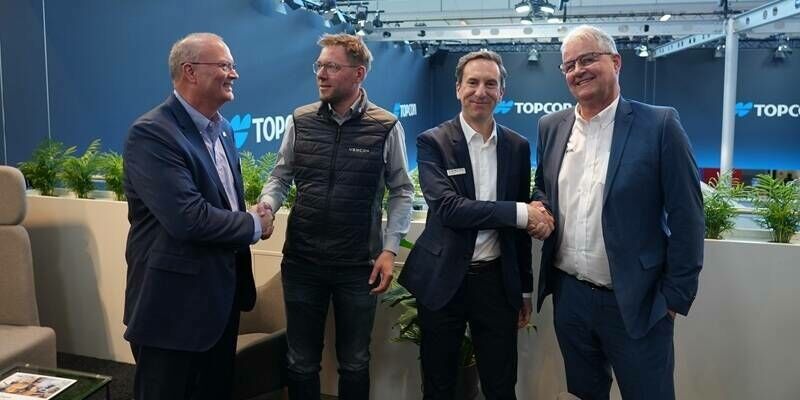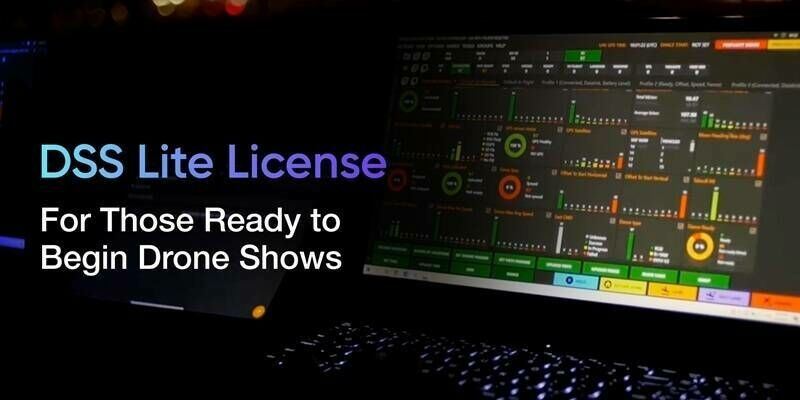SphereVision has added a smoke simulation feature to its 360 degree imaging software to aid training, emergency planning and incident management. Specifically designed for Fire and Rescue Teams, a variable density smoke layer can be applied to the 360 degree imagery allowing first responders to assess fire equipment, alarms and exit routes, and plan and train for a variety of incidents. A SphereVision Project, complete with site layouts and maps, embedded photographs and site documentation, can also now be viewed in VR headsets without the need for specialist training.
The new SphereVision functionality has been developed alongside geoSphere4D and tested by a UK nuclear energy company. “Imagery has always been a useful aid to training, emergency planning and incident management and for many of our clients the requirement has been based around visual content, with an underlying need for measurement capabilities,” commented Ian Anderson, Managing Director of geosphere4D, a technology led geospatial survey company that has been using SphereVision for more than 5 years.
“Working with SphereVision we were able to take feedback from a real world application – using the captured imagery to assist with operational activities at a nuclear facility, and develop functionality that has taken 360 degree imagery to the next level,” continued Anderson. “The new functionality, including the smoke layer and VR viewing, is now being used as an aid for site familiarisation, health and safety reviews and risk assessment planning in areas that would normally require training, specialist equipment and work orders to access.”
Following client feedback on an existing 360 degree project SphereVision developed the smoke effect overlay. The SphereVision tool allows Fire and Rescue teams and other first responders to experience the potentially disorientating and dangerous effects of smoke or other gases within restricted or confined spaces accessing restricted or dangerous locations without risk.
The use of commercially available VR hardware, such as the HTC Vive, also opens a new dimension for 360 degree imagery. Using the SphereVision VR solution panoramic media can be accessed by a broad range of personnel for training and planning purposes. The use of controls within the imagery, accessed by the VR headset cross hairs, means users do not require specialist IT or VR viewing skills, and images can be used during an incident by responding personnel.
Another application of the SphereVision Project platform includes incident investigation, where imagery can be used to assess damage, plan remedial work and provide site familiarisation to post incident work crews.
CONTACTS:
Jonathan Bolton, [email protected], +44 (0)208 783 1972
www.spherevision.com
Subscribe to our newsletter
Stay updated on the latest technology, innovation product arrivals and exciting offers to your inbox.
Newsletter

